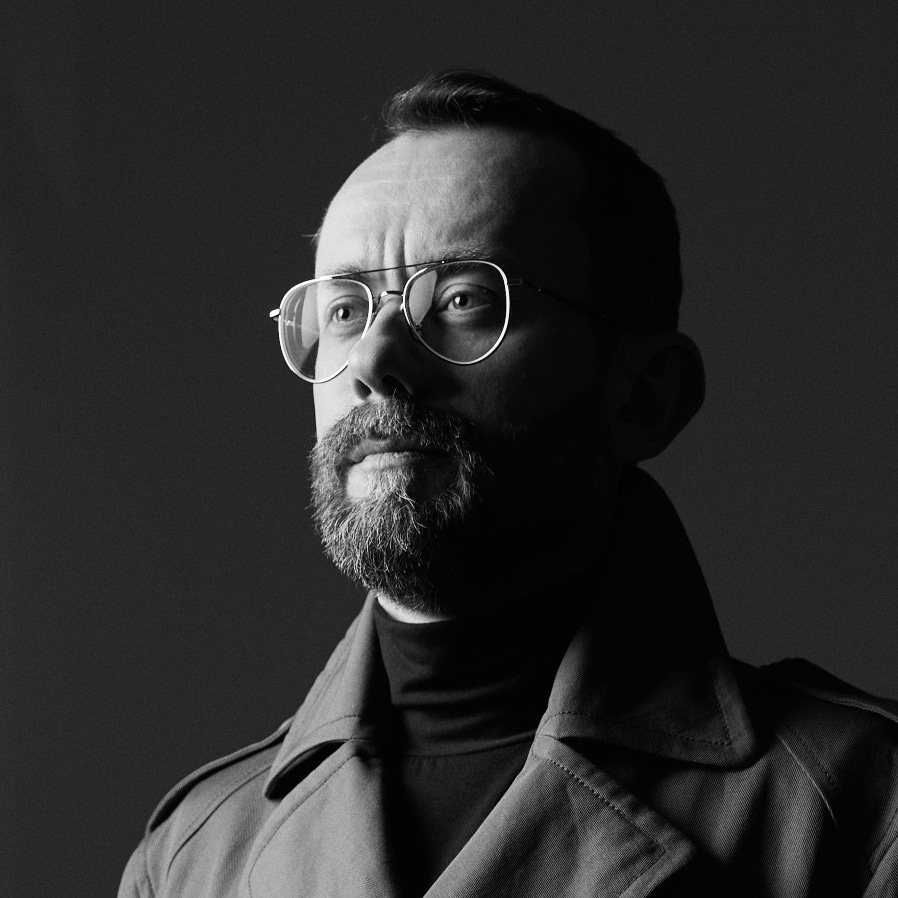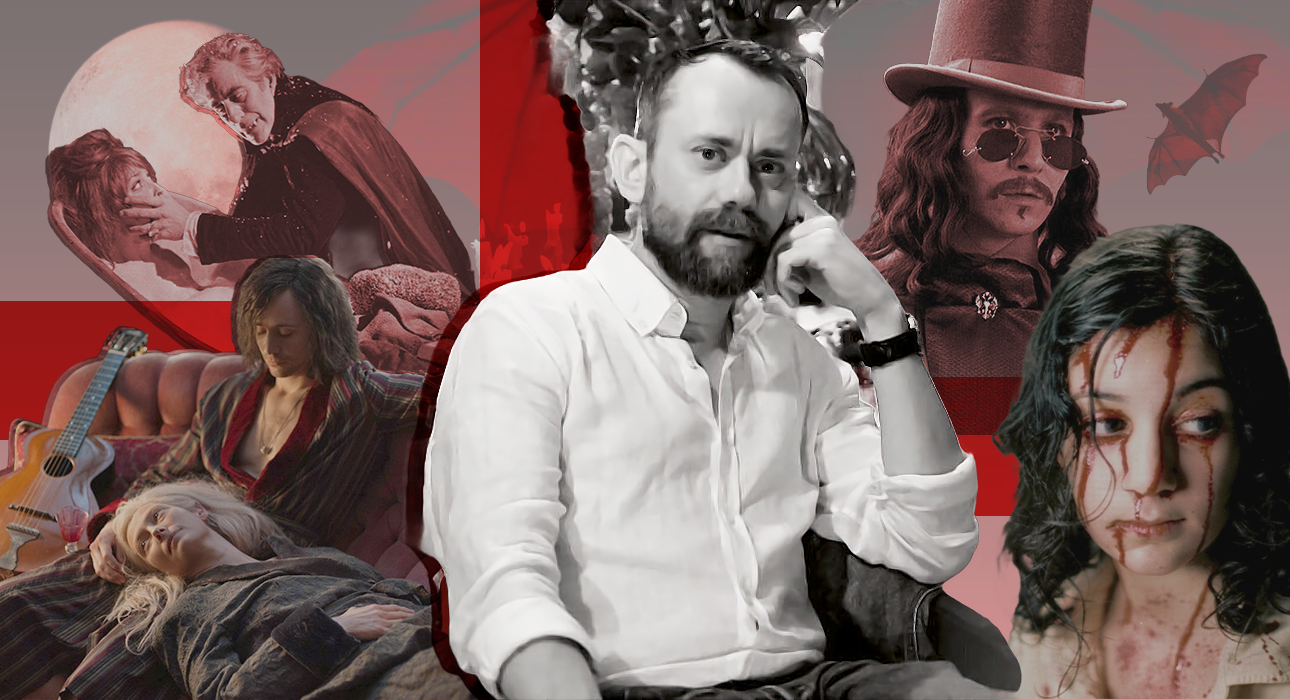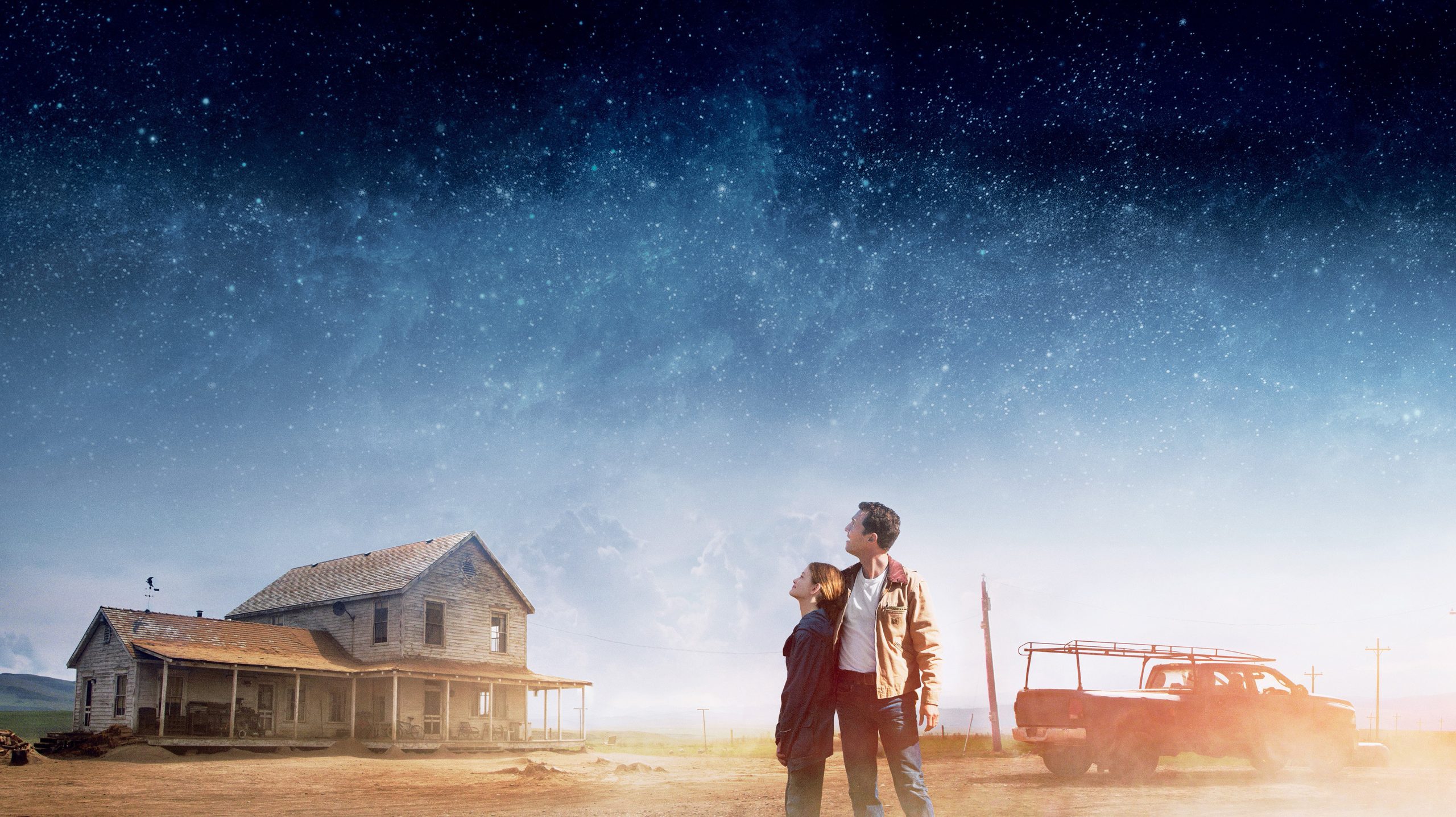Questions about what to watch or what to read, it seems, can be asked endlessly and more than once – after all, any good work, be it a book, a movie or a series, unfortunately sooner or later comes to an end and leaves its viewer or reader in the throes of new searches. But there is also some good news.
To make your task easier, every week we ask our columnist Konstantin Obraztsov – writer, author of “Red Chains”, “Hammer of the Witches” and other books, as well as the creator of the program “Example Reading” in Rutube and the channel “Obraztsov” in Telegram – to share his collection of the best literature, films and TV series in the world with diamonds.

Konstantin Obraztsov
Today’s spotlight features five films that deal with eternal themes: love, death, and vampires.
Since the then little-known Irish writer Bram Stoker published his cult novel Dracula in 1897, the image of the blood-drinking living dead has moved from the world of mythology to popular culture, and remains one of the most popular images in cinema and literature for over a hundred years.
The reasons for the strange love of viewers and readers for stories about vampires have preoccupied not only art historians but also psychologists. It has been explained, for example, by the obvious erotic component that culminates in the disarmingly attractive stranger who, with a hypnotic charm, deprives the victim of the will to resist, leans over her sensitive neck and impales her with a fatal kiss. or by the somewhat more complex relationship of the human soul with its Shadow, which lurks like a night hunter in the dark depths of the subconscious.
Even so, the public’s almost childlike fascination with charismatic ideal predators and the mystical mysteries surrounding their nature has led to dozens of films, from the highly aesthetic Interview with the Vampire and Hunger to Blade, Underworld and Van Helsing. The vampire canon is treated with the same care that the creators of The Avengers treated Germanic mythology.
Movies about vampires were created by both world-famous directors and those who are not very well known to the general public. If this topic excites you as much as red lips and sharp teeth slowly approaching your throat, there are five movies in our selection today that you should not miss.
Bram Stoker’s Dracula (1992, Francis Ford Coppola)
The word “classic” comes from Latin. “classical”literally meaning “worth working on in classrooms”and in the more general sense of the word “example”.
If Bram Stoker literally created a classic novel about vampirism, then the great Francis Ford Coppola made a truly exemplary film based on it.
Jonathan Harper, a London clerk and law firm employee, goes on a business trip to Southeastern Europe, where he is expected to meet with a client who wants to buy property in the British capital. The situation is quite ordinary, but Jonathan returns home completely gray, and not because of the difficult bargaining over prices and discounts. The buyer turns out to be Count Dracula, and Harper is hospitably welcomed into his castle by three hungry vampires, from whom the exhausted clerk barely escapes.
But this is only the beginning: Count Dracula sets sail for London, eating the crew along the way, and Jonathan Harper will now have to face him again in a deadly battle for his bride.
Everything about this movie is beautiful: the charming gothic-ornamental, Victorian aesthetic and the plot, which follows the original exactly but completes with Dracula’s dramatic love story. And also the amazing cast: Anthony Hopkins, Keanu Reeves, Gary Oldman, Winona Ryder and Monica Bellucci in a cameo as one of those hungry, lustful vampires.
Only Lovers Left Alive (2013, Jim Jarmusch)
The undisputed master of intellectual cinema, winner of the Palme d’Or award four times at the Cannes Film Festival, creator of the masterpieces Coffee and Cigarettes, Dead Man and Paterson, could not resist the dark charm of the vampire theme either.
Combining impeccable visuals with a very modernist plot, “Only Lovers Left Alive” is executed in Jarmusch’s recognizable style. Adam, a vampire played by Tom Hiddleston, aka Loki from Thor, who is fed up with immortality, plays indie rock guitar, lives in a rebellious ’60s landscape, is melancholy and contemplates shooting himself in the heart with a poplar bullet. His longtime lover Eve, played by Tilda Swinton, who doesn’t need makeup to look like a vampire, is passionate about poetry and communicates with Christopher Marlowe, a poet from Shakespeare’s time who, according to Jarmusch, didn’t die of an illness when he stabbed a knife into his forehead but also turned out to be a vampire. At the same time, Adam and Eve don’t just live in different cities, they live on opposite sides of the Atlantic Ocean and communicate mostly by phone. Apparently, the wisdom accumulated over the centuries told them that long-distance relationships with rare meetings are the best way to preserve the strength of feelings, without which there is no guarantee that anything will remain if they confine themselves to living together within four walls.
The trigger of the action is Eve’s sister, the classic “bad girl” played by Mia Wasikowski: she upsets the balance, disturbs the peace and drags Adam and Eve into events that make it completely uncertain whether she will survive the finale.
“The Vampire’s Ball” (1967, Roman Polanski)
Roman Polanski’s entertaining film, overshadowed by his terrible personal tragedy. During filming, he met his future wife Sharon Tate, who played the role of charming Sarah, the daughter of the owner of the inn. A year later, Polanski and Tate got married: a young, successful and promising director and a young, talented, beautiful actress. And a year later, in 1969, killers from the Charles Manson cult entered Polanski’s Beverly Hills home and brutally stabbed Sharon Tate and three other people to death. Tate was eight months pregnant, and her baby died with her. But here, in Ball of the Vampires, both Polanski and Sharon, who played the leading role, are forever young, in love and beautiful.
According to the film’s plot, the eccentric Professor Abronsius, a professional vampire hunter and a caricature version of Van Helsing, and his young assistant Alfred, played by Polanski himself, travel to Transylvania to deal with the sinister Count Krolock. But the old vampire strikes first: he kidnaps Sarah, and the professor and the assistant’s punitive raid turns into a rescue operation.
The film is an ironic re-imagining of the extremely dark and deadly serious vampire stories, with plenty of witty banter, parodic references, and excitingly entertaining stunts that recall the best of the silent film era, such as a coffin race down the endless snowy slopes of the Transylvanian mountains.
Let Me In (2008, Tomas Alfredson), (2010, Matt Reeves)
Let Me In, the novel that formed the basis of the original film and the Hollywood remake, has won Swedish author Jon Avida Lindqvist a special literary award for his unconventional take on the subject of vampirism – an award that has never been more deserved.
There are no gloomy castles, deadly dark-haired beauties, sinister old men in ruffles and other Victorian-Gothic landscapes. The action takes place in the 80s in Blakeberg, Sweden, which is similar to all small northern cities: empty fields, gray sky above the hopelessness of the same five-story buildings, cold, wind and loneliness. The main character, a twelve-year-old boy named Oscar, lives here with his mother. He is bullied at school and is cruelly humiliated, and he has no friends; in his spare time he cuts newspaper articles about crimes and murders and imagines himself a ruthless maniac when he stabs a knife into the trees, representing the school bullies.
Meanwhile, the area is restless: here and there they come across bloodless corpses with their throats cut, Oscar’s mother forbids him from going for a walk in the woods, and in the field near the house he meets a strange girl, Eli, who, at least he assumes, says that she is somehow connected to these murders and that this encounter will change his whole life.
“Let Me In” is a case where the book is undoubtedly better than the movie, but that’s no reproach to either the Swedish film adaptation or the American remake. The novel is so horrific that it’s simply impossible to translate it to the big screen. There’s plenty of extreme, naturalistic cruelty here — just the scene where crazy cats attack their owners will make you look at your pet differently — and even more everyday filth and depravity that’s not just not shown in the movie, but actually exists. It’s not even mentioned in the The Fashion Vibes review.
However, both films convey the main thing from Lindqvist’s novel: the melancholy despair of the adult world, from which the only way out can be love, even if your chosen one turns out to be not quite human.
“30 Days of Night” (2007, David Slade)
The film, by David Slade, who directed Black Mirror, Hannibal and Breaking Bad, is a great example of how you can make an original, exciting movie by following a seemingly banal plot style and narrative clichés.
“30 Days of Night” could be described as a vampire action film with survival horror elements, but where many people would have fallen into a Category B stigma, Slade has come up with a stylish and intense drama. It’s all about the idea, tapping into one of the elements of vampire mythology: the fear of sunlight. What if a large, friendly family of ghouls found themselves in a place where there’s never any sunlight but there are plenty of people with warm blood running through their veins?
The small northern town of Barrow prepares for the polar night. It’s familiar, but this time something strange happens: a stranger appears in town and destroys phones, kills dogs and disables cars. The sheriff takes the bad guy into custody, but what he does is only an ominous omen of much more terrible things to come: the power in the city goes out, and through a veil of snowstorms, a dead ship full of hungry vampires emerges from the Arctic. darkness…
The film is good for its original concept, dynamic plot with a dramatic struggle for survival and especially vampire images. They are not like Victorian aristocrats who drained blood from crystal glasses. In Thirty Days of Night, vampires seem like representatives of a different race, very ideal predators and killers against whom people have no chance, and even in their voices and in the strange language with which they communicate with each other, nothing is heard human.
If you are feeling too hot in this sweltering summer, watch Thirty Days of Night, it is sure to give you goosebumps.
Source: People Talk
Errol Villanueva is an author and lifestyle journalist who writes for The Fashion Vibes. With a passion for exploring the latest trends in fashion, food, travel, and wellness, Errol’s articles are a must-read for anyone interested in living a stylish and fulfilling life.





